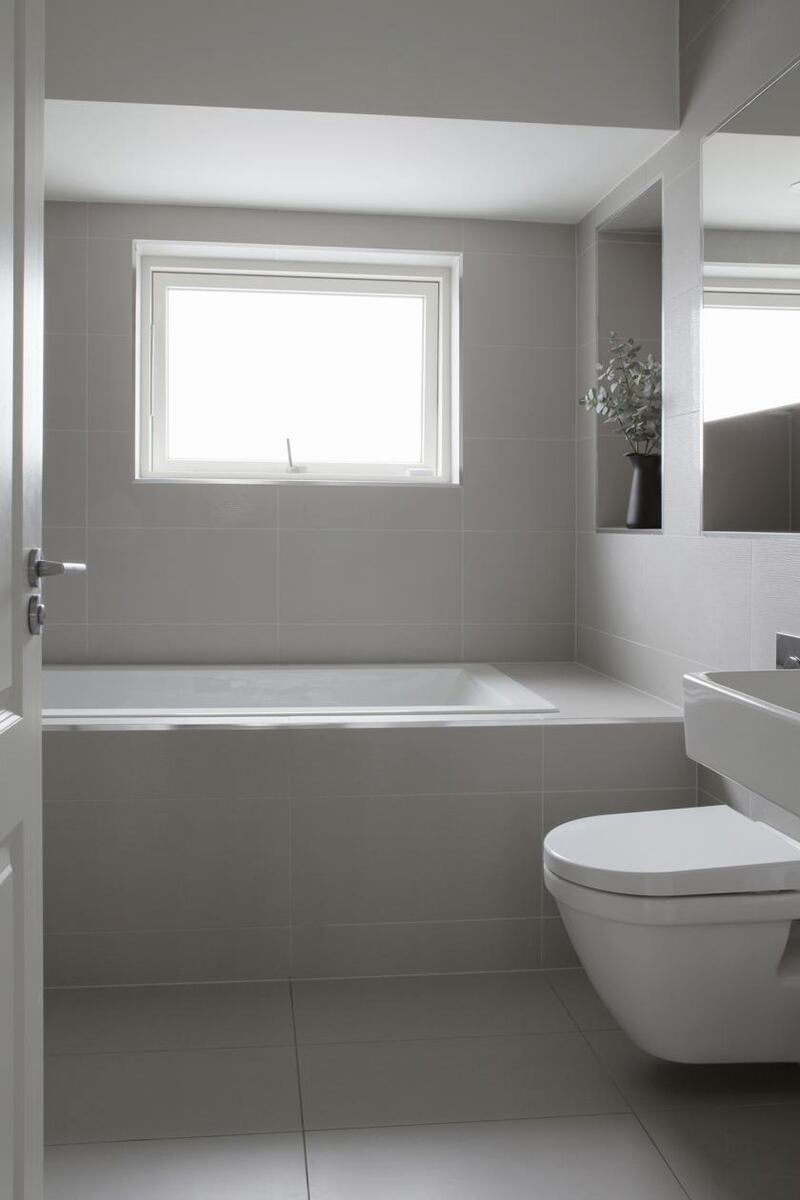We have become much more familiar with the measures we can take to improve our home energy efficiency. However, one element tends to get less attention than the rest: ventilation and the systems to maintain good air quality in our homes. Even in an A-rated house you can have problems with condensation where the ventilation is not good.
Ventilation systems expert Stephen Walsh of AerHaus Ventilation offers the following advice.
What can lead to issues with mould and condensation?
“It is common to see mould or condensation on the north side of a house or in rooms with two or more external walls,” explains Walsh. This is because these rooms tend to be colder than rooms elsewhere in the house.
Other reasons for these issues are excess moisture build-up and poor ventilation. You generate moisture by breathing, cooking, washing and drying clothes. Two people sleeping in a room at night can generate 40-50g of water every hour. That’s nearly one pint of vapour generated by each person overnight.

Bedrooms with en suites are more at risk of developing condensation or mould issues, especially where the bathroom doesn’t have any natural ventilation and relies on a fan to extract moisture. If the ventilation is inadequate, you’ll get condensation build-up on the cold surfaces.
The fans fitted in most houses are axial fans. These fans are designed to be installed on a wall through a foot of straight ducting. However, they are often fitted with several meters of ducting, meaning they don’t work as efficiently as they should.
What are the options to improve air quality at home?
One option to help improve ventilation in a bathroom or en suite is to replace the axial fan with a centrifugal fan. These are the least disruptive measures to consider as it is a straight swap but should give a good result.
A standard axial fan operates like a propeller on a plane. It is not designed for high resistance or high-pressure scenarios. On the other hand, a centrifugal fan works like a hamster wheel or turbine. It is designed to handle much more pressure so you can fit it to a couple of metres of ducting and get the result you need.
The alternative would be to install a mechanical ventilation system, of which there are two main systems – centralised and ducted, or decentralised and ductless.
Ducted systems
A centralised or ducted looks after the whole house. It is the best system to install if you’re looking for total control of their flow in your home. Unfortunately, these systems are the most challenging and disruptive to install or retrofit. They require three- or four-inch ducts running from a heat recovery unit to each of the rooms in the house.
Heat recovery ventilation will do three main things: supply fresh filtered air to the living rooms and bedrooms; extract stale, moist air from the wet rooms; and, in the winter months, recover 80-85 per cent of the energy you would have traditionally lost.

Ductless systems
Ductless systems are also known as demand-control ventilation or central extract systems and consist of a fan connected to each of the wet rooms. These fans measure the humidity levels in the rooms using sensors. Depending on the moisture level, the fans automatically adjust the airflow in each room to compensate for the condition. When these fans extract, they encourage the window-mounted fans in the living space to pull fresh air into the room.
Ductless systems are the most popular solutions where people don’t want too much disruption to their house.
How can you maintain good air quality at home?
“It’s important to insulate and ventilate right. If you go to a high standard with insulation but skimp on ventilation – or vice versa – you will find you end up with problems,” says Walsh.
If you have an issue with poor air quality, always try to establish the reason first. For example, if you have a patch of mould on a ceiling, look for any gaps in your attic insulation. “Ventilation systems won’t fix damaged window seals or lack of insulation,” says Walsh, so it is essential to address these issues first.
Dry clothes outside whenever you can, and open windows when cooking to prevent moisture build-up.
We all use our homes differently, so everyone’s home will require a slightly different solution. “The good news is that there are simple solutions to most problems,” says Walsh.










